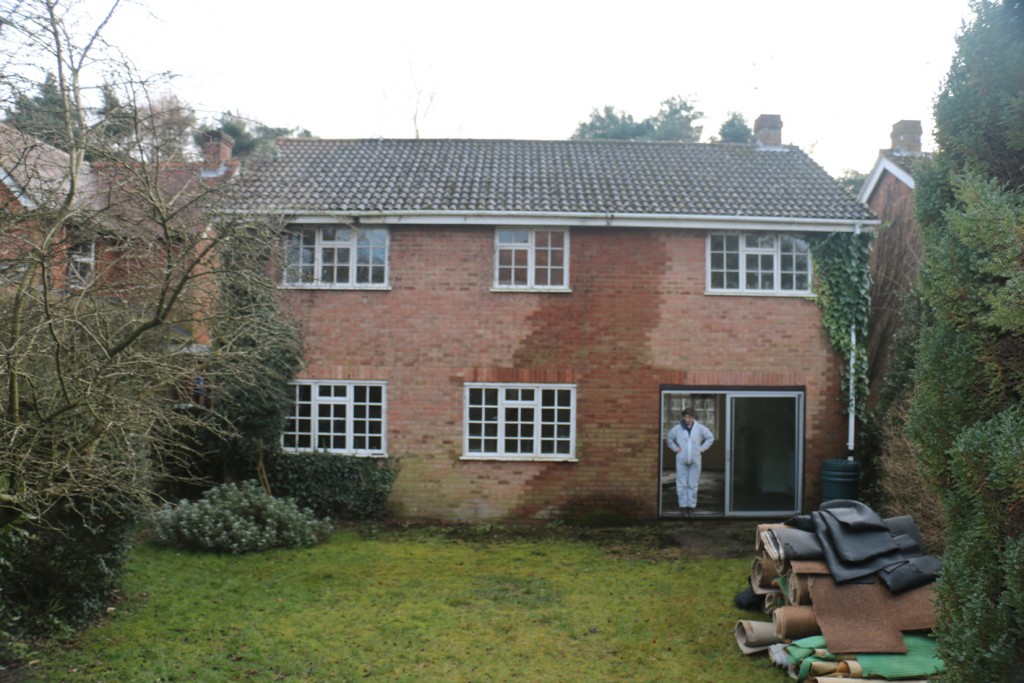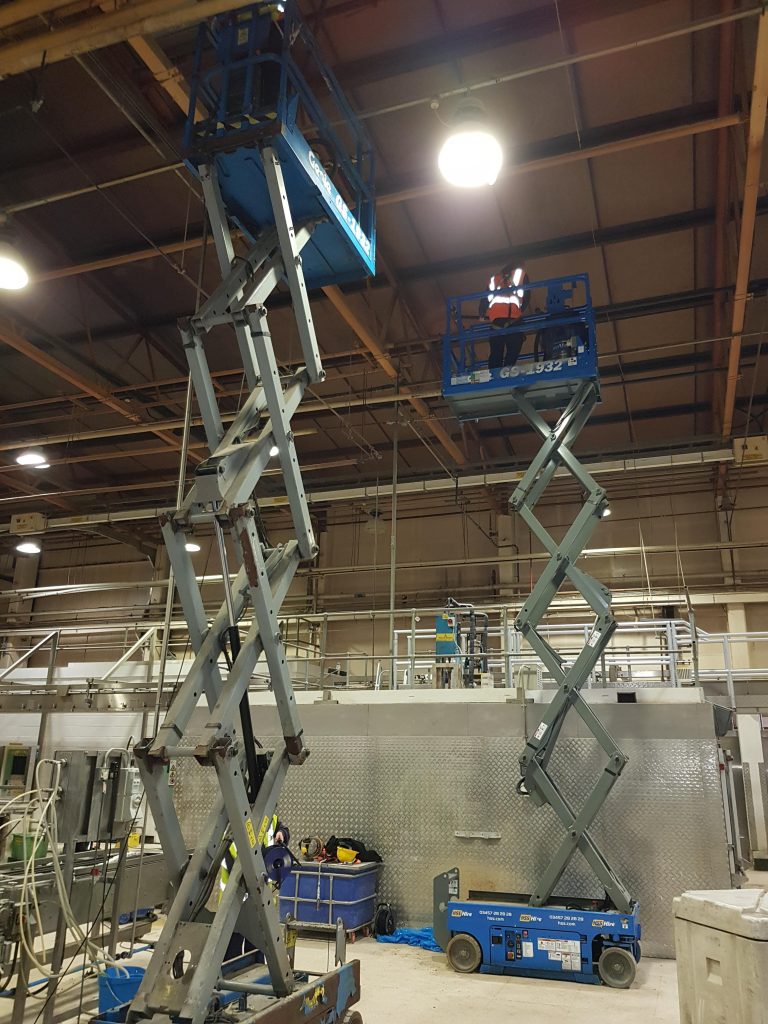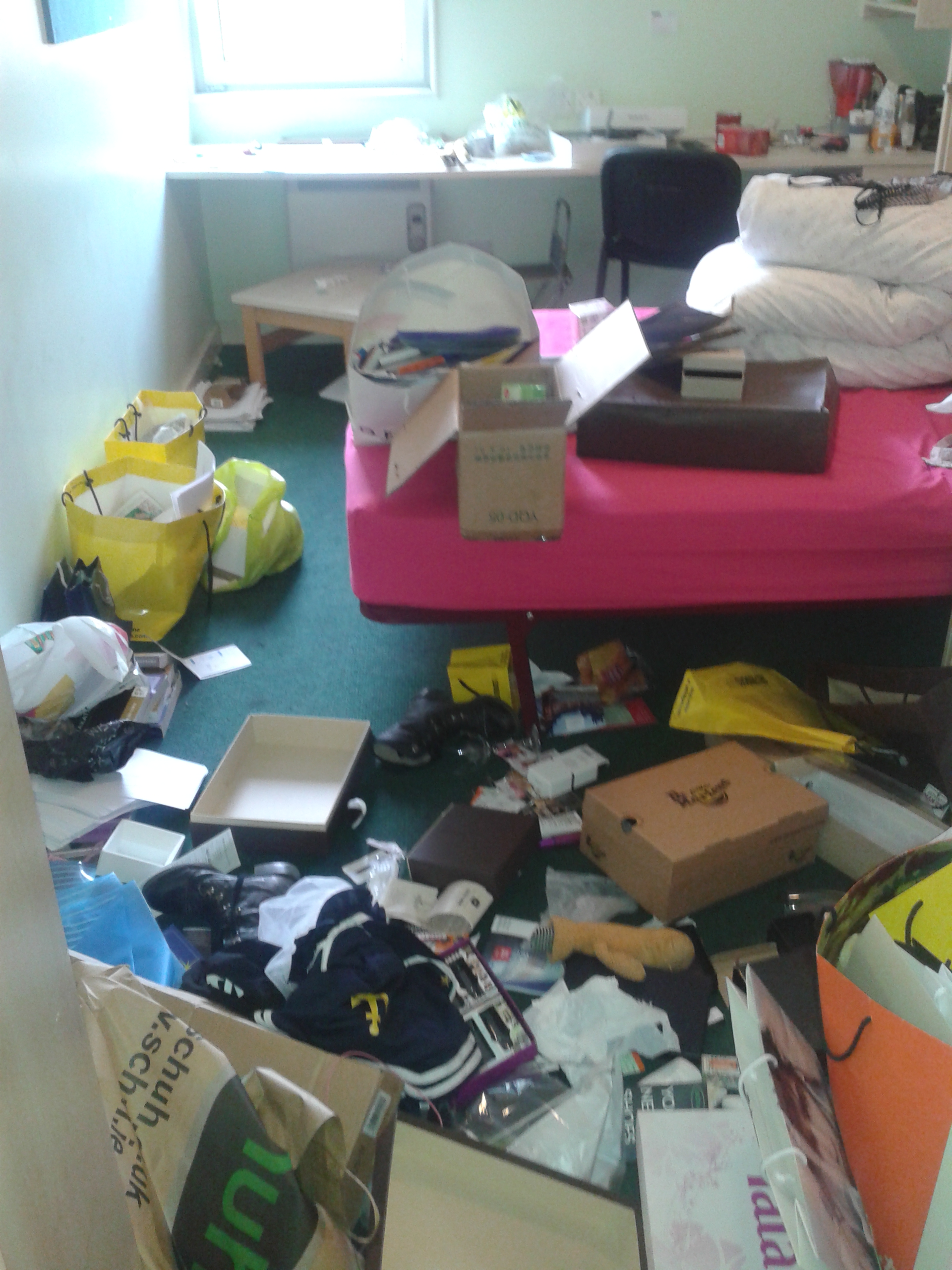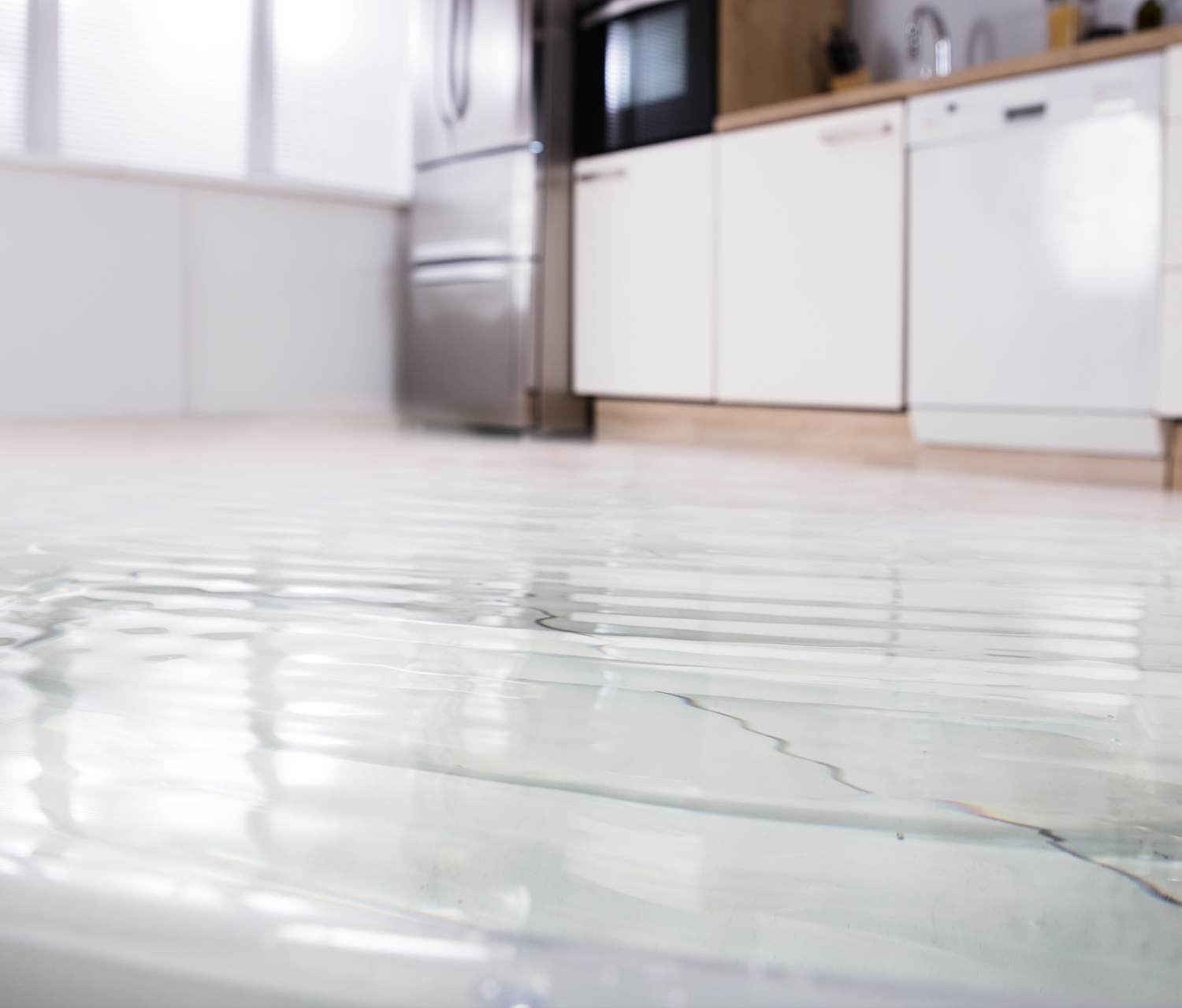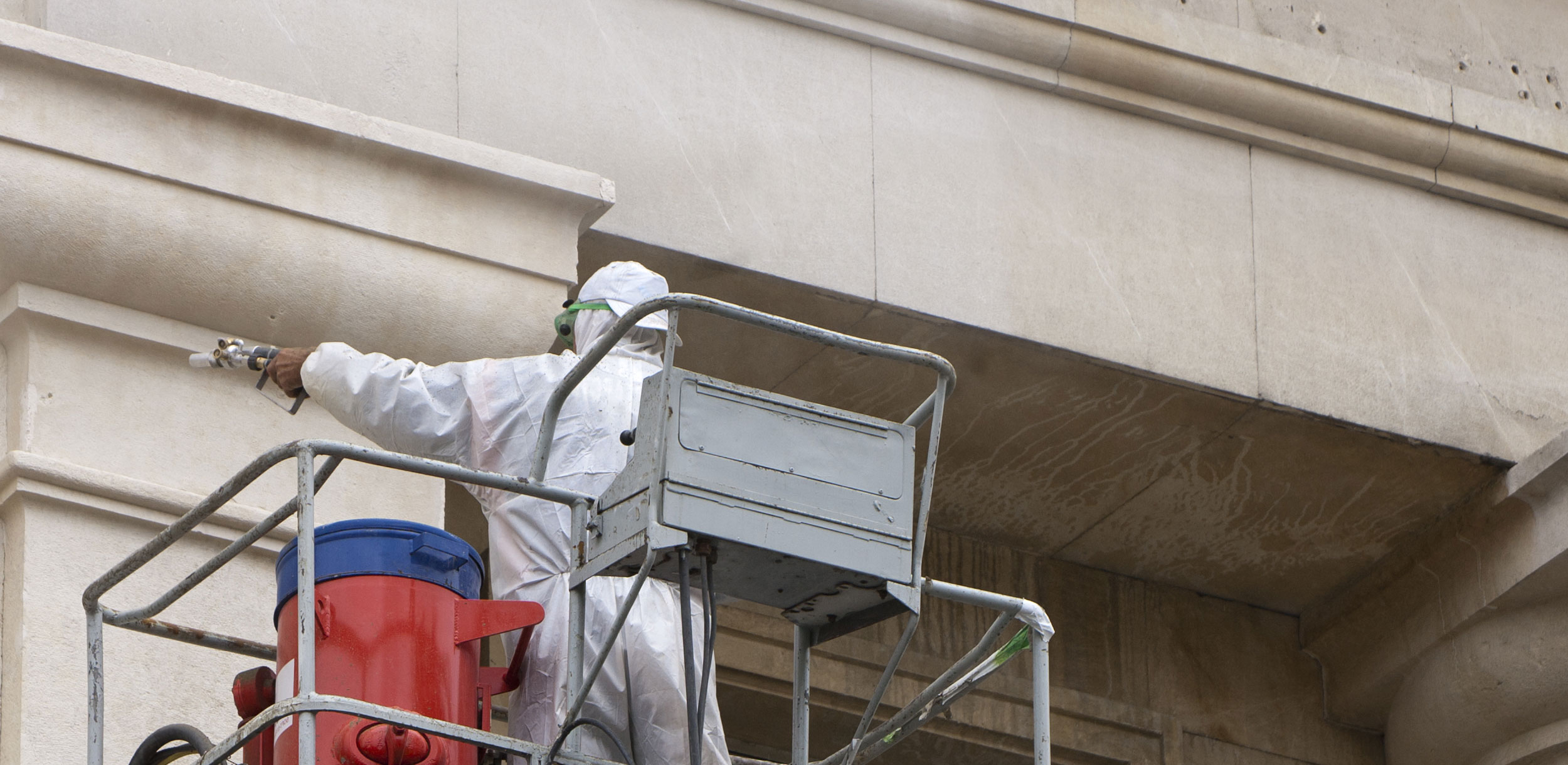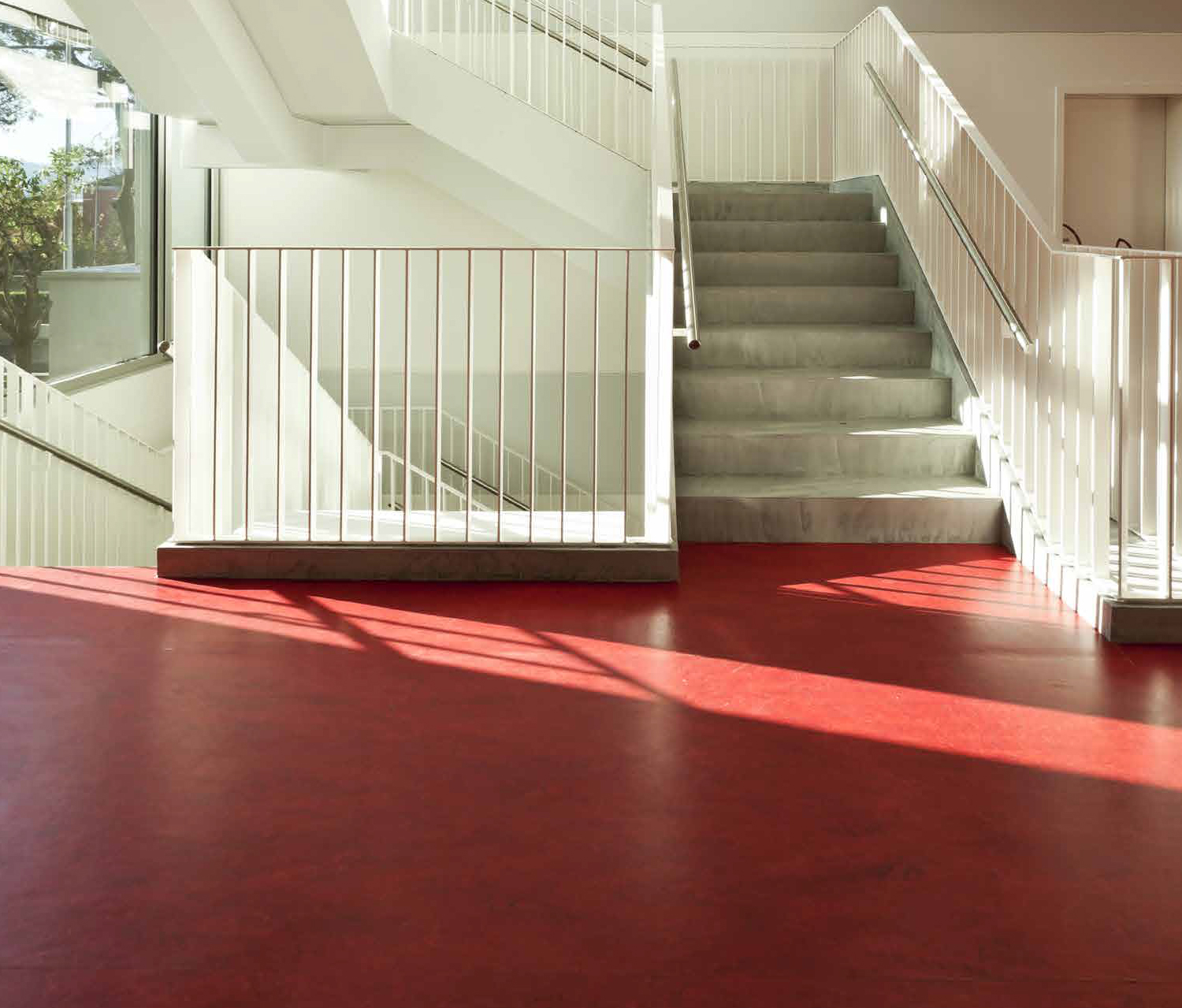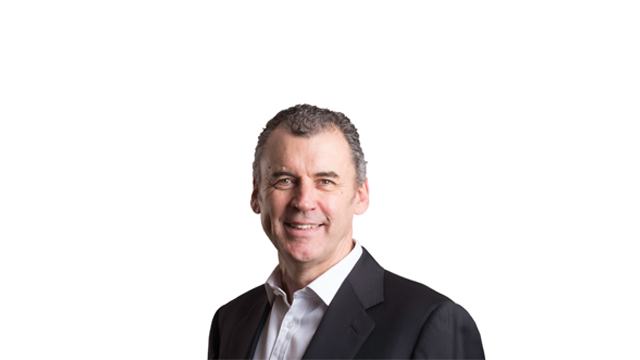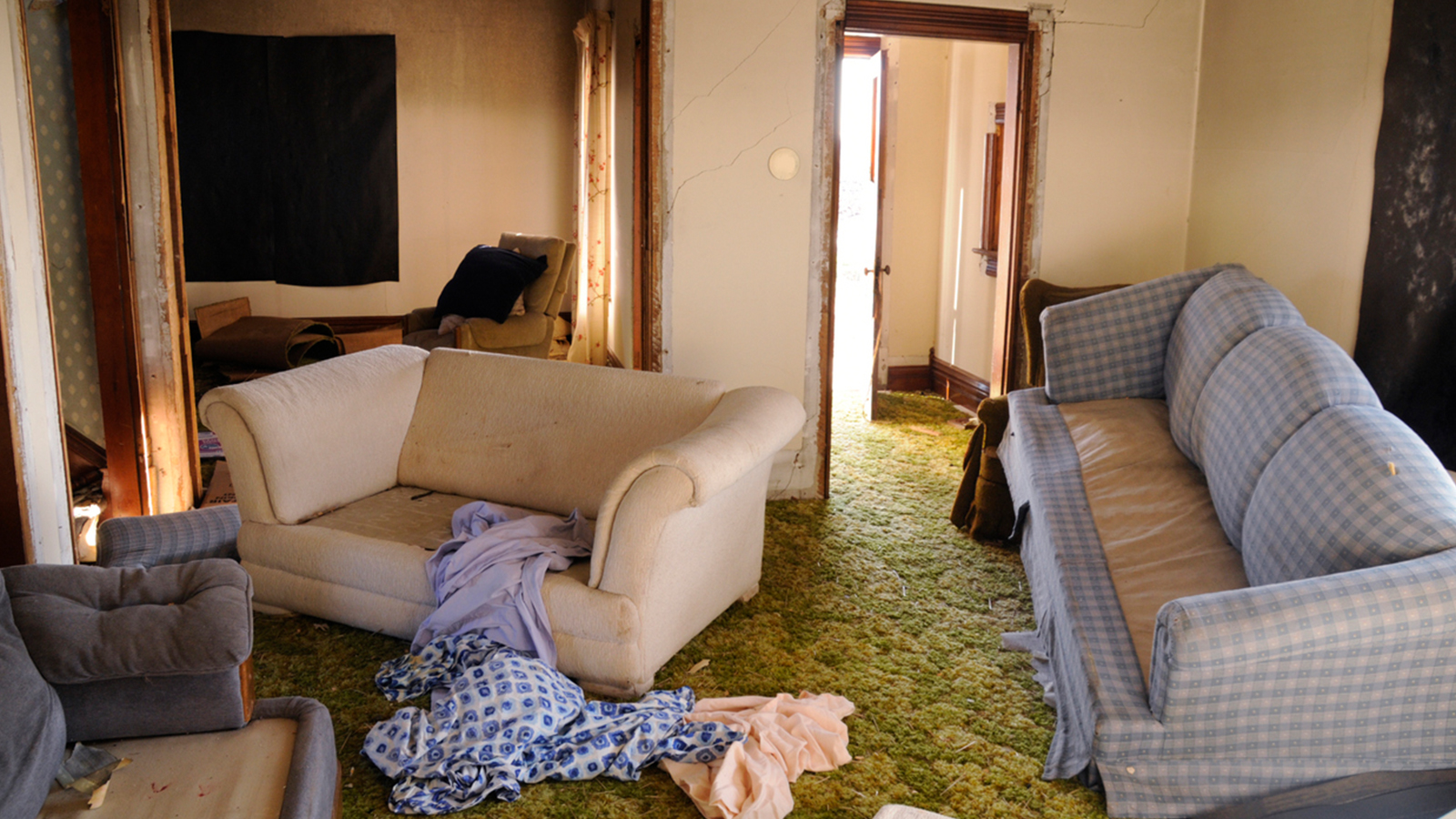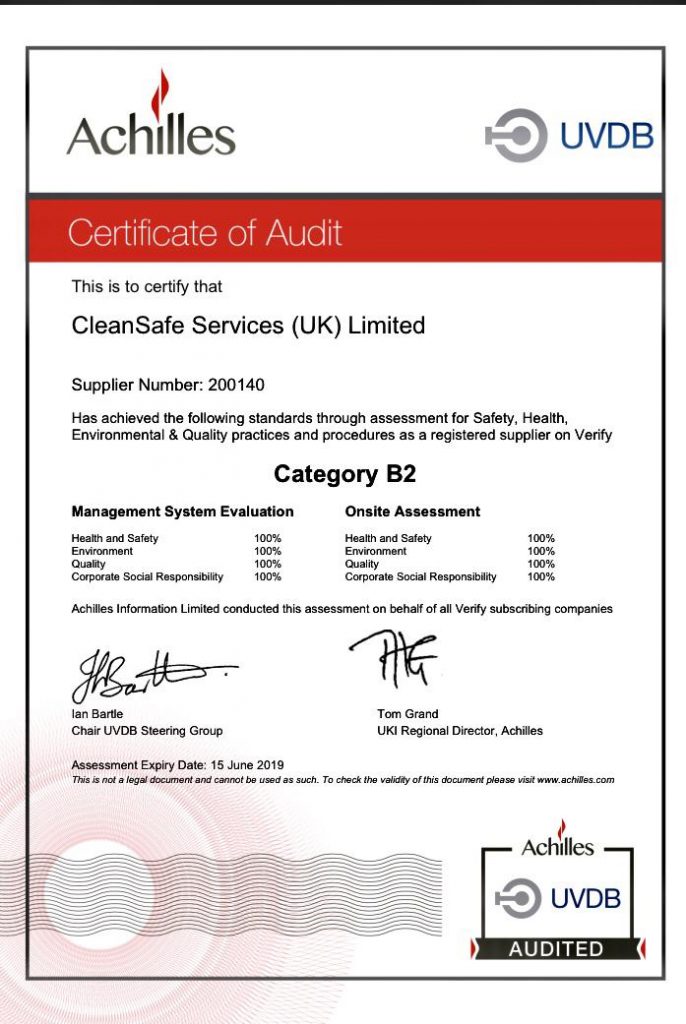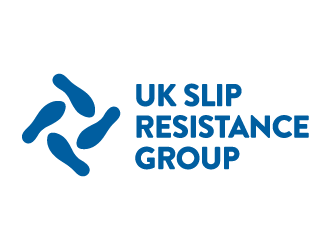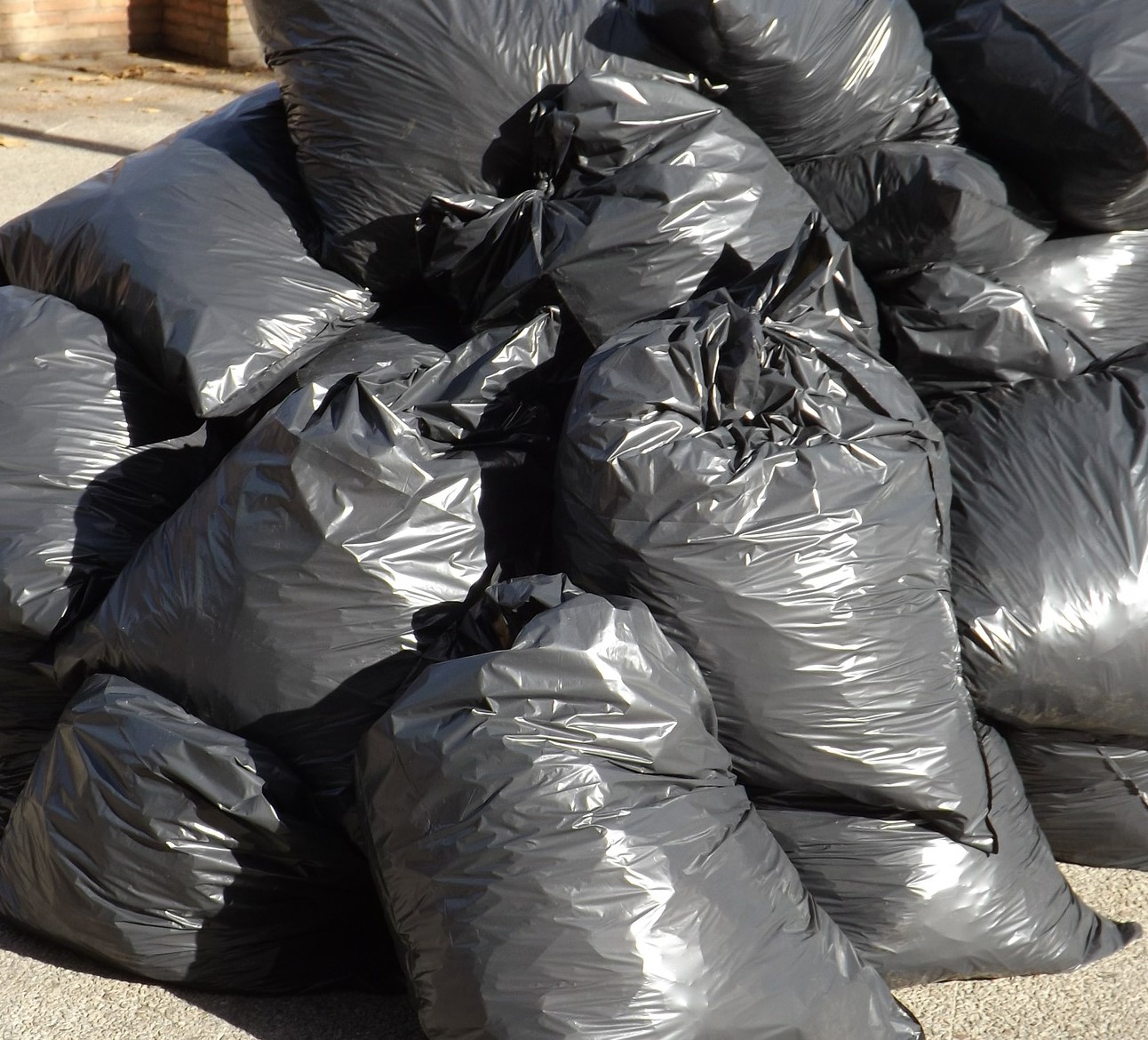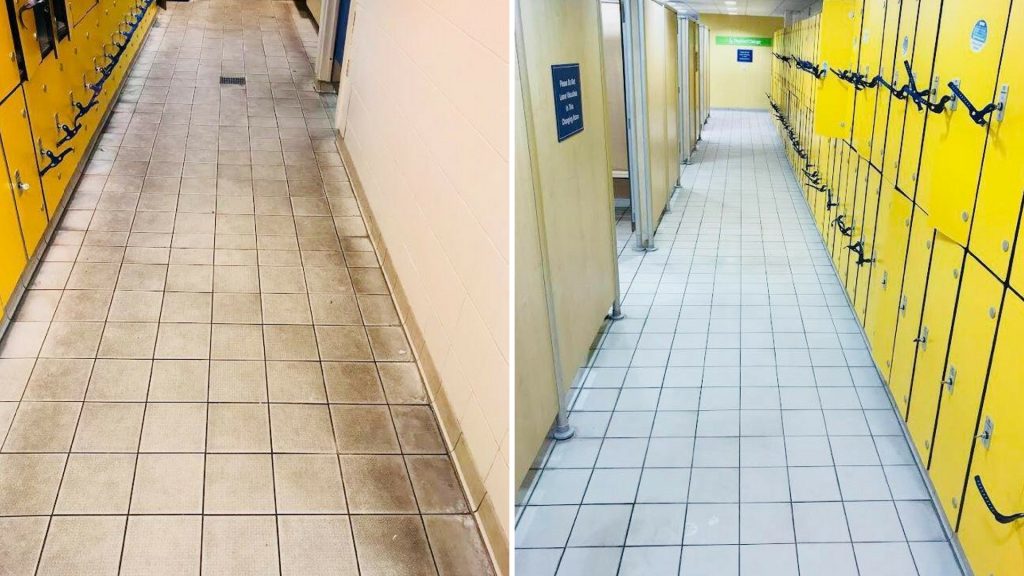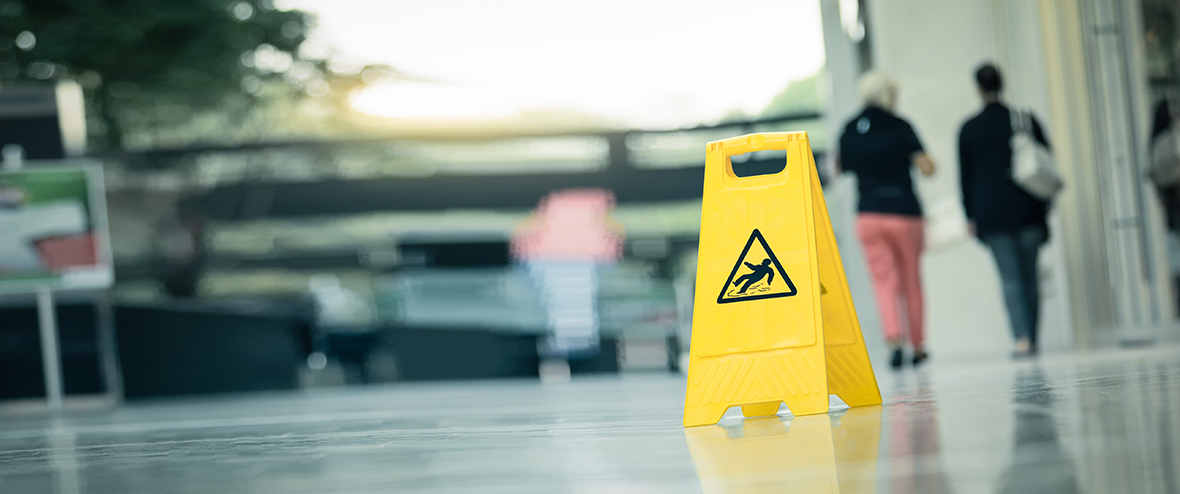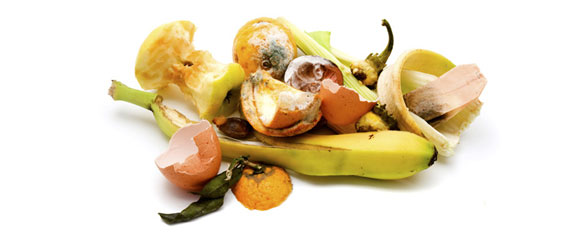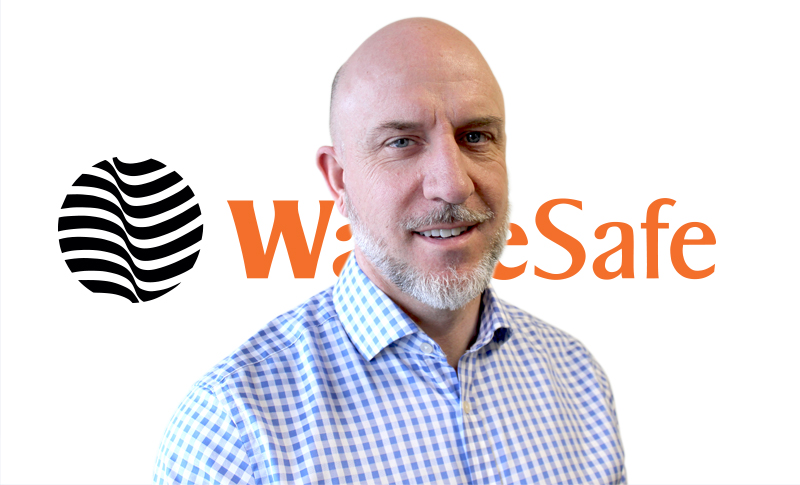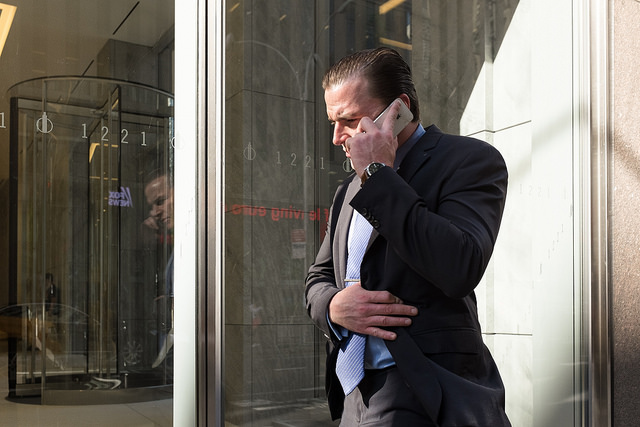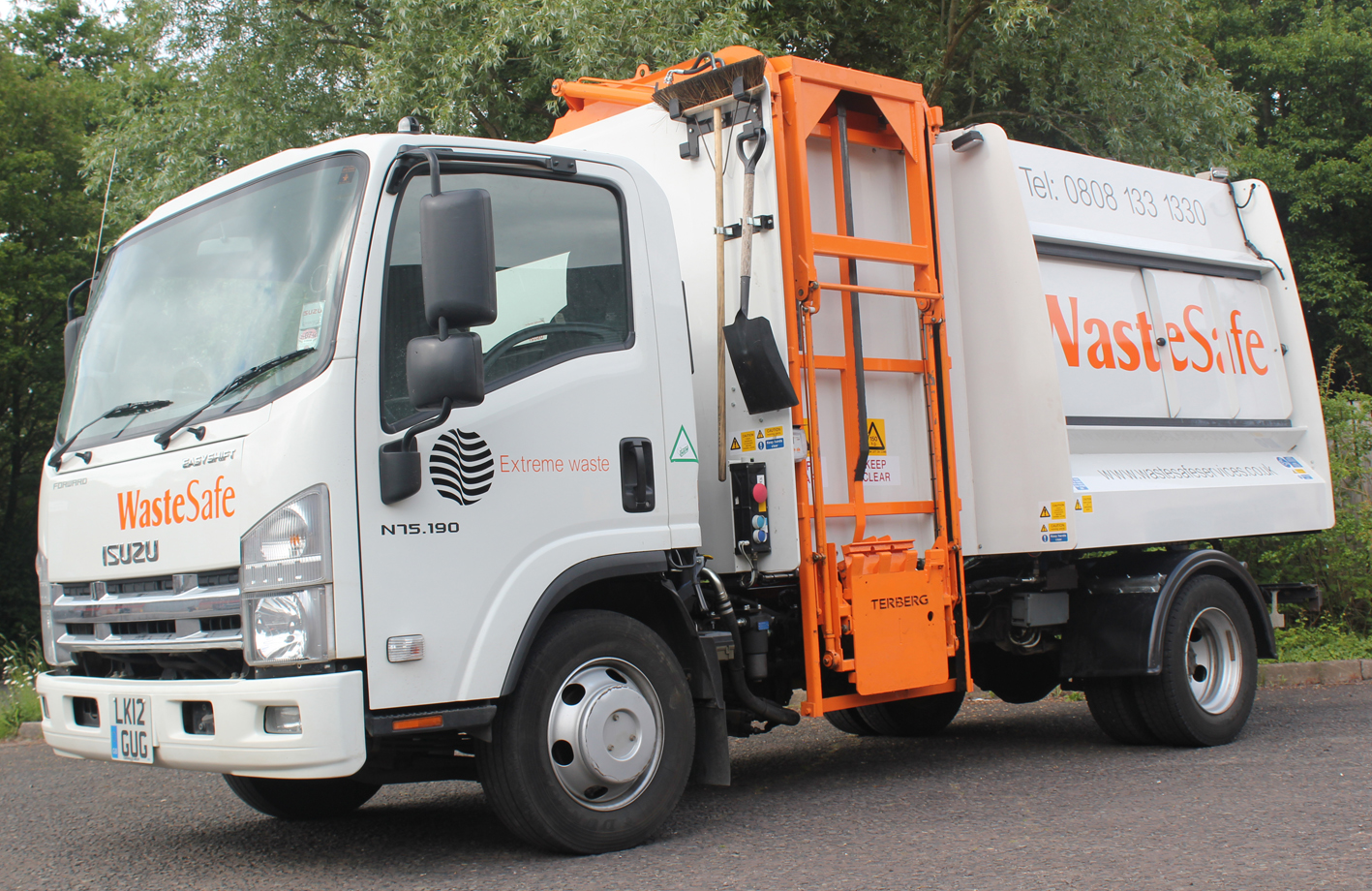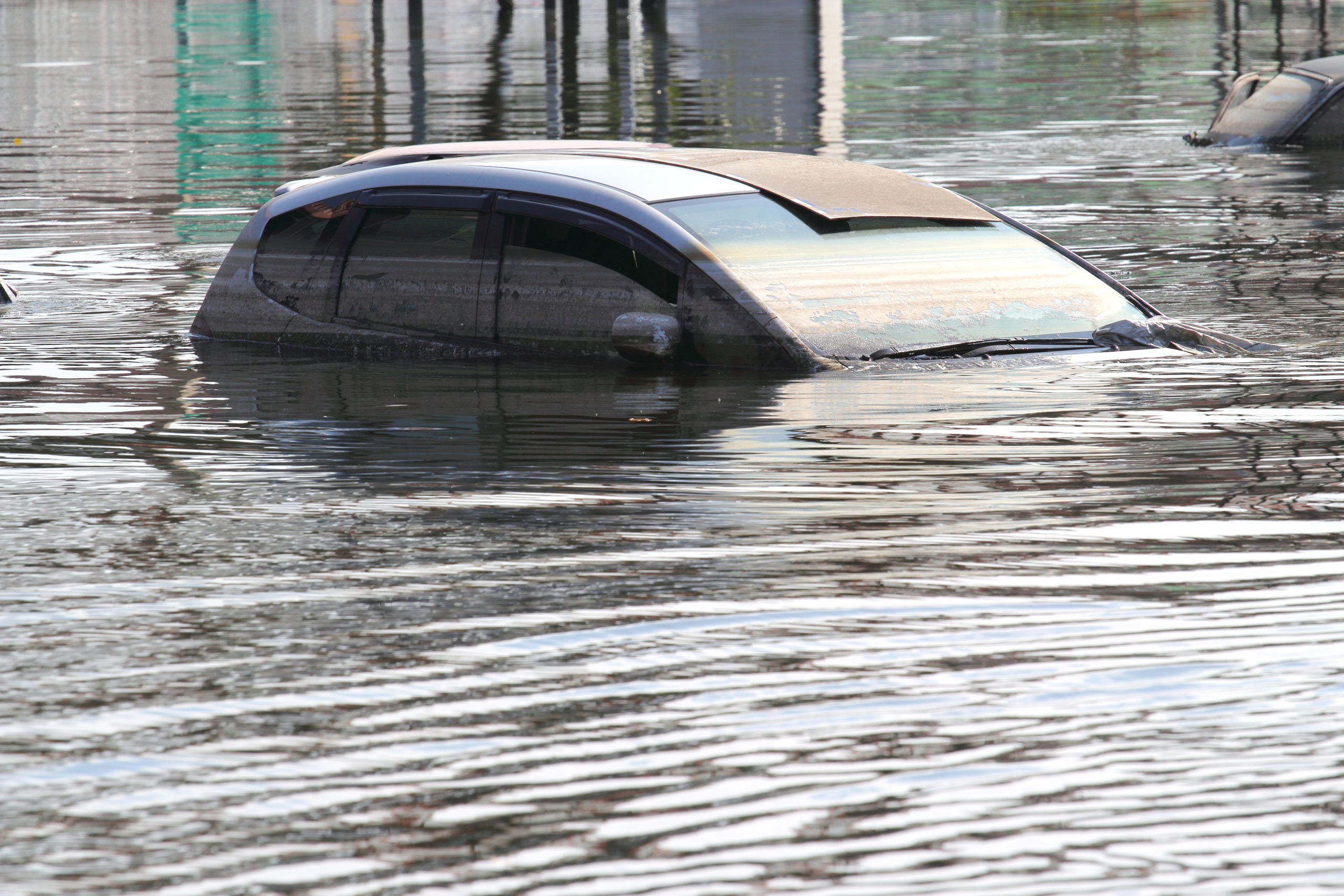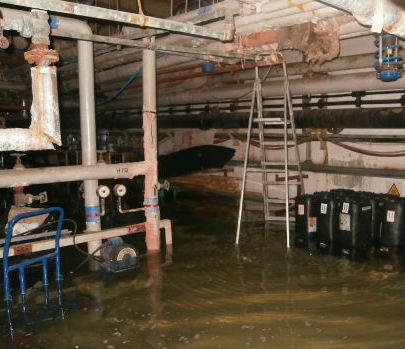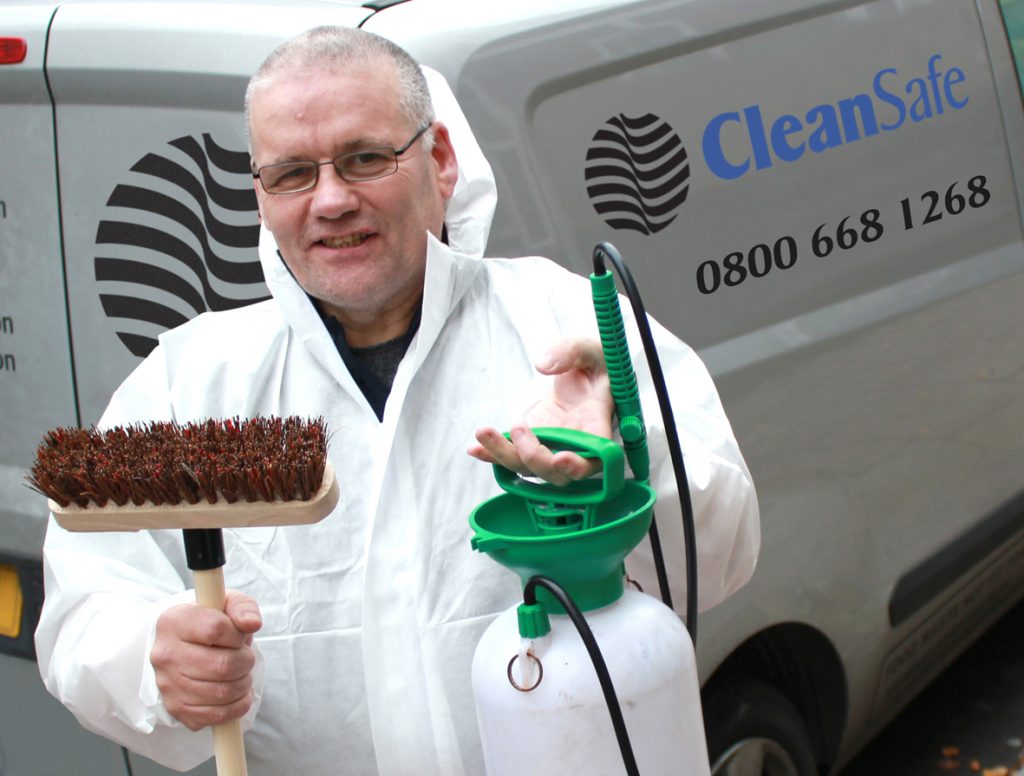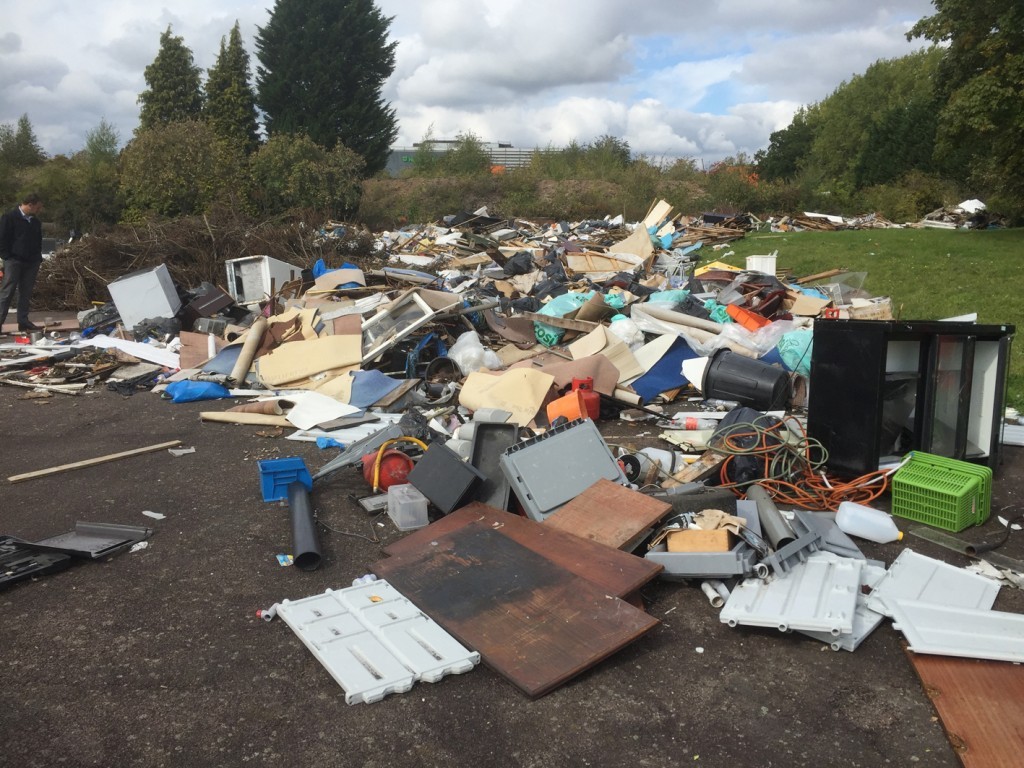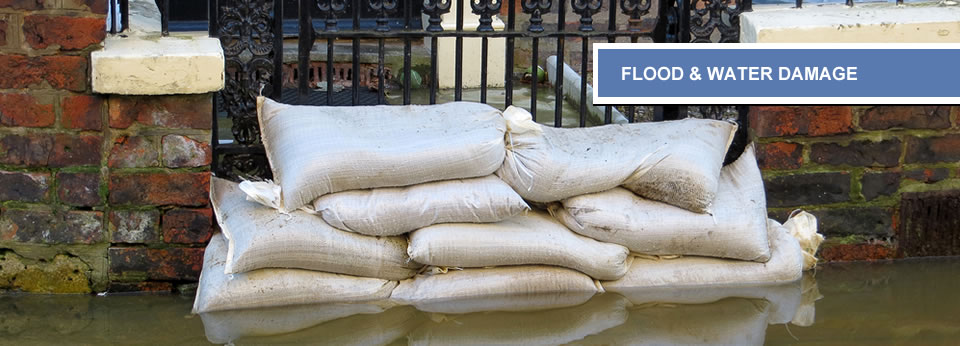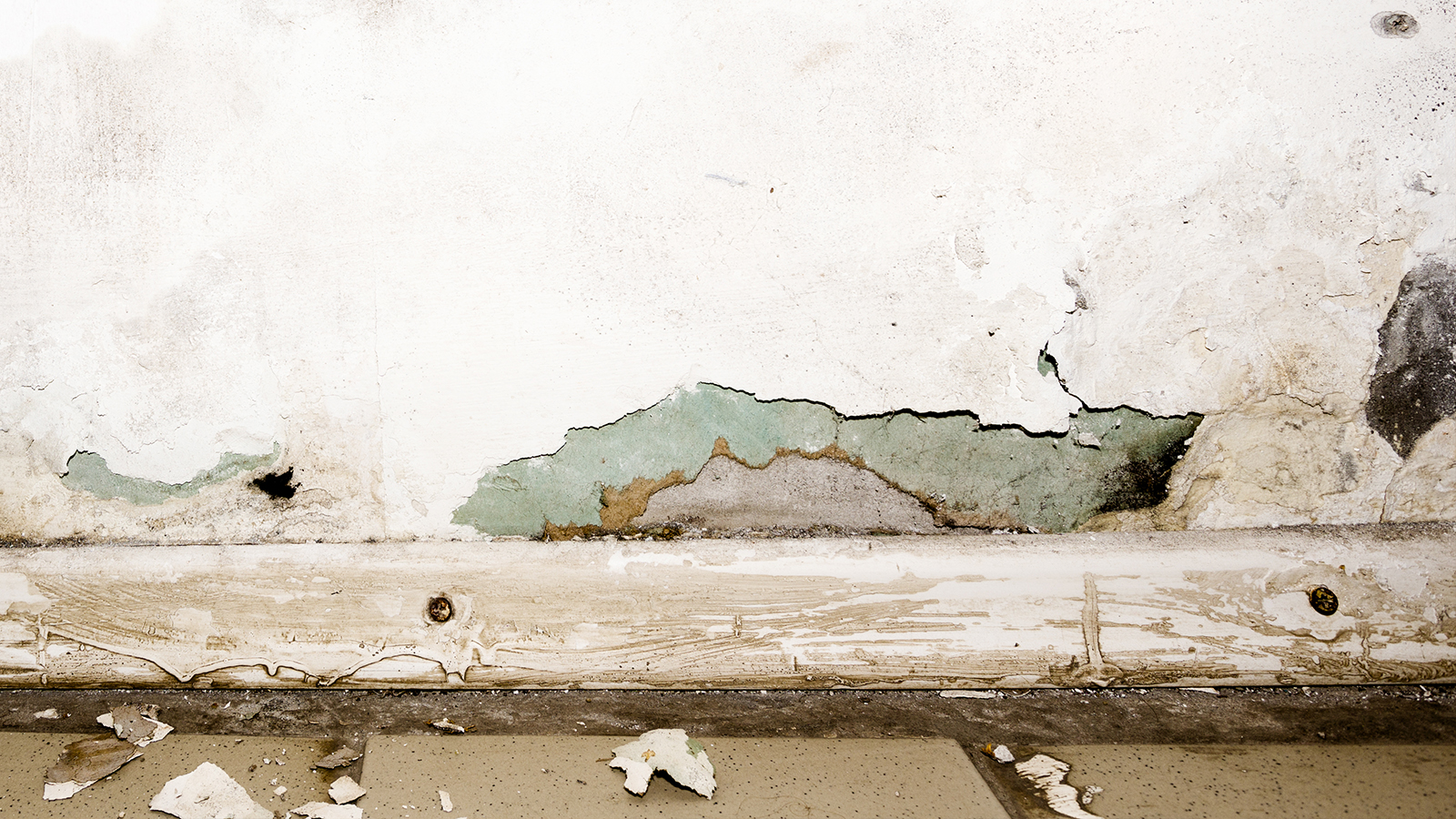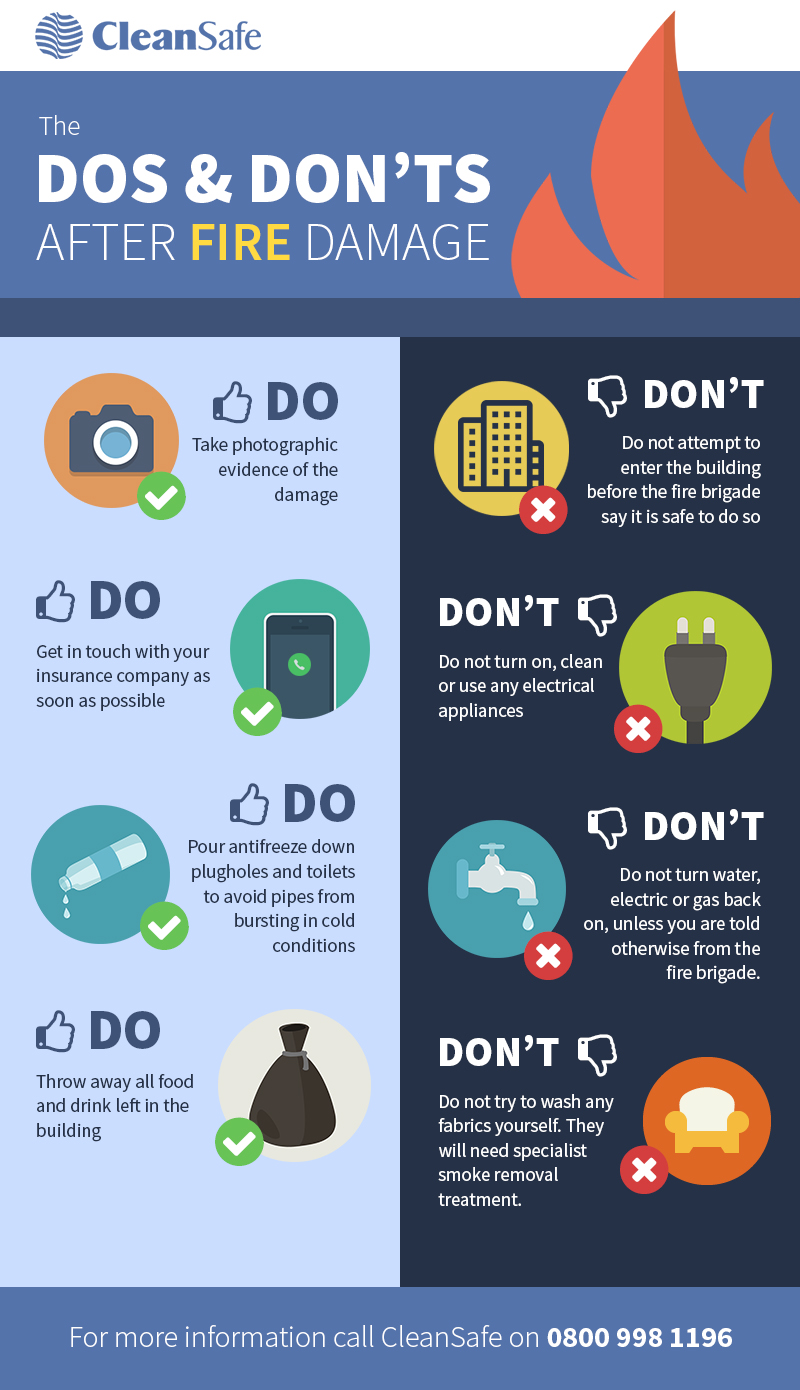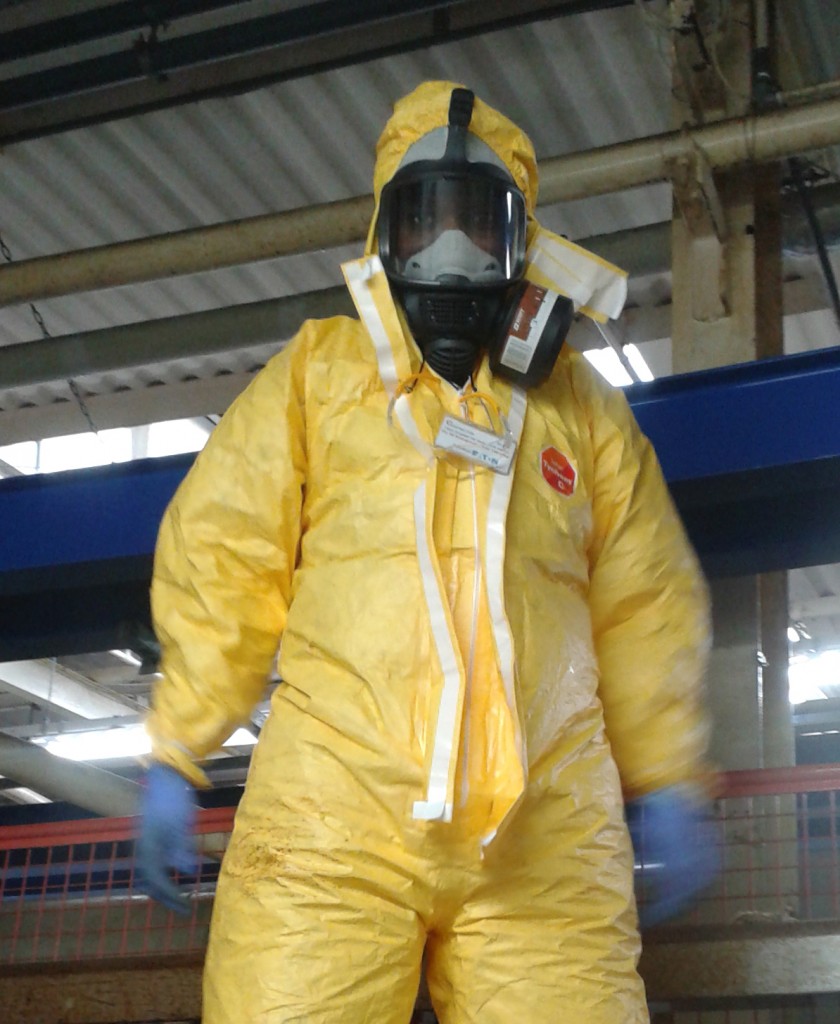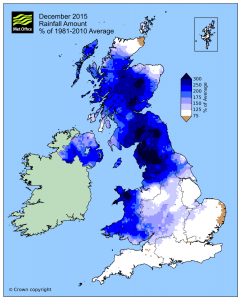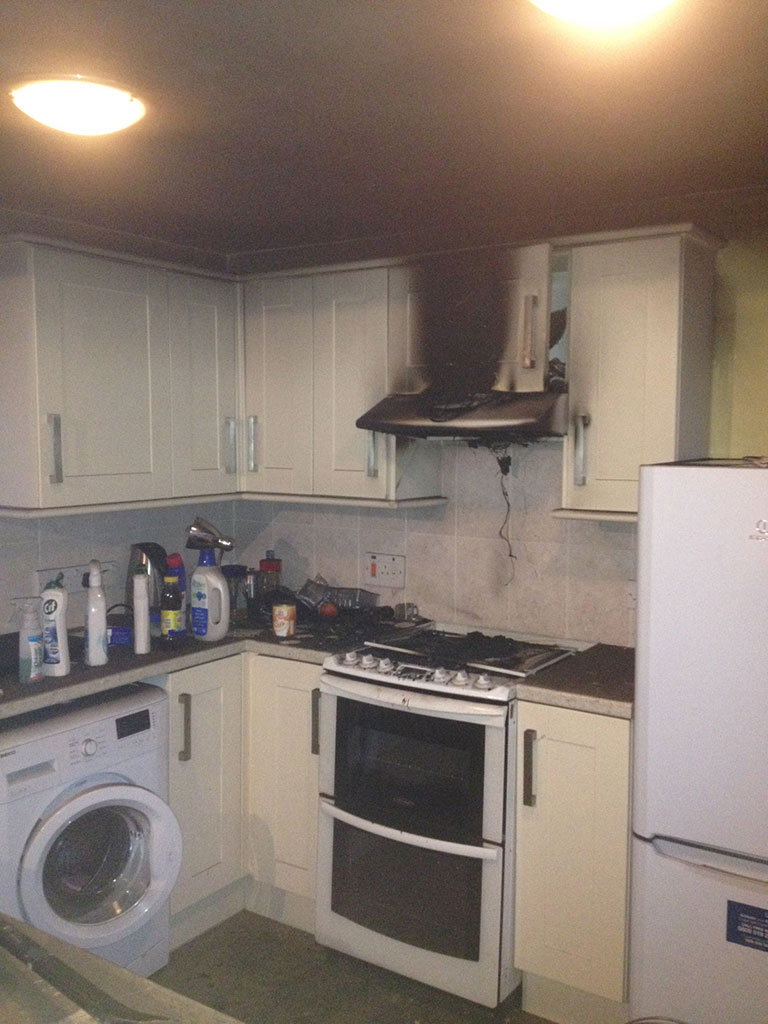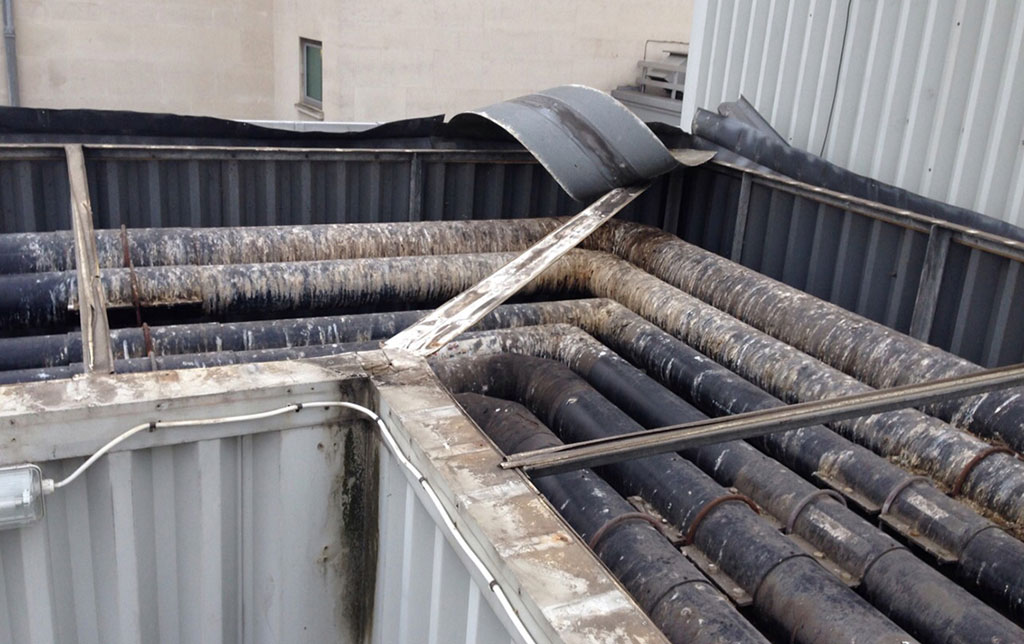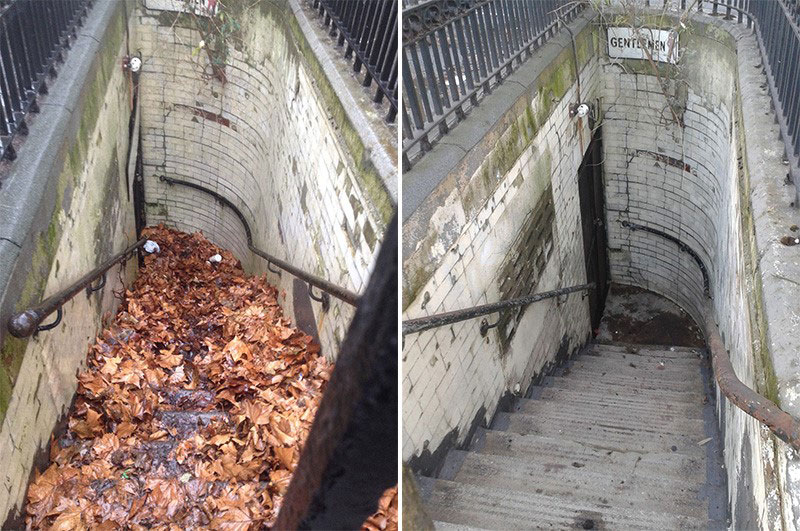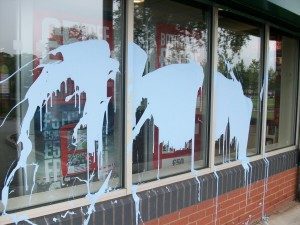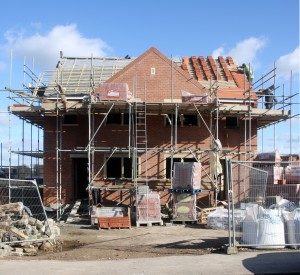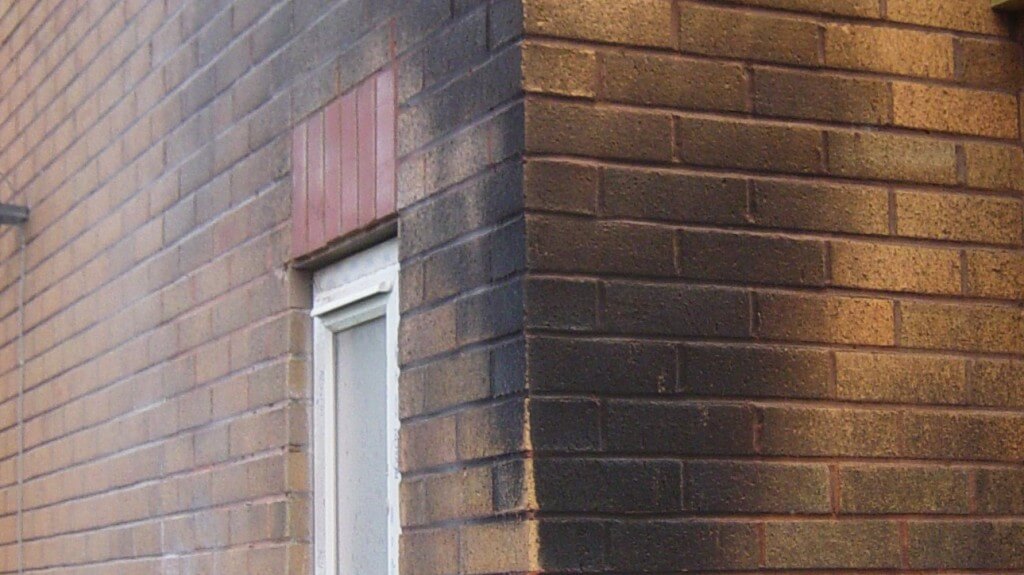CleanSafe Services has delivered a flood drying service in a house in a tenth of the time conventionally needed after the property was inundated by 40,000 litres of water just days before new owners were due to move in.
James and Leonie Sadler had been preparing to complete the purchase of the four-bedroom detached house when a pipe in the roof space burst, and enough water to fill 500 baths gushed into the vacant property.
It was a devastating moment for systems engineer James and financial manager Leonie, who was five months pregnant with their first child. The house was to be the couple’s family home.
Wrecked house
James said: “Ceilings were dripping. Walls were saturated. Floors were sodden. The house was a wreck. Our plan to move in and start creating a family home was in tatters.
“By checking the water meter reading later, we calculated that about 40,000 litres of water had run through the house over a 36 hour period. All we wanted was the situation to be resolved as quickly as possible.”

It would have taken up to three months to dry the property using conventional methods. CleanSafe Services, working with insurance claims specialist Innovation Property, delivered a flood drying service that completed the task in 11 days. Its flood recovery team successfully implemented a rapid drying strategy devised by Innovation Property’s Technical Manager, Ian Davies.
Can do attitude
James said the way the two companies collaborated was refreshing, adding: “The way CleanSafe Services worked with Innovation Property was very reassuring. Everything meshed together, and we valued their responsiveness. They understood our need to get the job completed quickly.
“They had a real can-do attitude. They clearly knew what they were doing, and they worked closely with Ian Davies and the rest of the contractor team to help get us into our home as soon as possible.”
Ian Davies said: “CleanSafe Services were fantastic. They had a very positive approach, and their work was of a very high quality. We were using cutting edge drying techniques, and CleanSafe were very much up to the task.
Cutting edge
“Completing such a complex and extensive drying process so quickly is on the cutting edge of what is possible. I’m very pleased that we achieved such a good result for Mr and Mrs Sadler. It meant that over two and a half months was taken off the time to get them back into their home.
“That’s both good for them, and for our client, the insurance company, because it substantially reduces their costs. Completing drying as quickly as possible also reduces the risk of continued deterioration of the property.”
The Sadlers had exchanged contracts on the vacant property, in Whitehill, Hampshire, on 22nd December 2014. They had been due to complete the purchase on 22nd January 2015. Eleven days before that date, their estate agent informed them of the flood.
The Sadlers had taken out buildings insurance on the property prior to exchange. It turned out to be a very sensible decision.
Once the Sadlers’ insurance company had confirmed it would fund the flood recovery process, work could start. Innovation Property Adjuster Sarah May and Ian Davies worked closely with the CleanSafe Services flood recovery team, and quick progress was made.
Drying strategy
The first task was for specialist contractors, arranged by Innovation Property, to remove all the ceilings, because their surface coatings were found to contain asbestos. Then, the CleanSafe Services flood drying service team could start implementing the drying strategy devised by Ian Davies.
They instructed building contractors on the removal of extensive areas of plaster that was too damaged to save. They also treated wooden roof beams and other surfaces with specialist chemicals to remove extensive mould growth.
To shorten the drying time, the team installed three Drymatic high speed dryers, one each on the first floor, in the kitchen and in the dining room.
These machines heat and agitate the air in a wet property so it can hold more of the moisture drawn from the building. When the air reaches optimum humidity, it is automatically exchanged with warm dry air, while the moisture-filled air is vented outside.
Accelerated drying
The drying process was accelerated further by adopting a targeted drying strategy devised by Ian Davies which involved using plastic sheeting to tent off large parts of the property, to focus moisture extraction on specific areas.
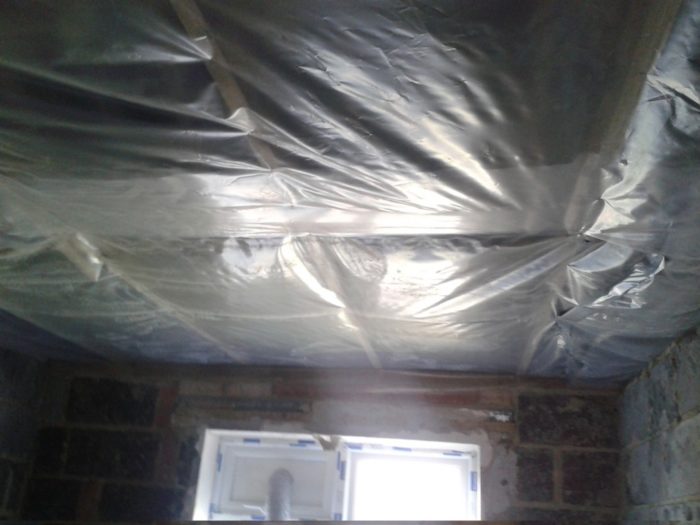
The CleanSafe Services flood drying service technicians constantly managed progress. The dryers were moved and settings adjusted to optimise the drying process. Monitors were installed and checked regularly to measure moisture levels in walls and floors.
The aim was to dry the property as fast as possible, but care had to be taken to ensure the process did not damage the structure of the building at the same time.
Rapid success
The team had set a target of completing the drying work in three weeks. Even this was far quicker than is usually achievable with traditional techniques. But a drying certificate was issued after just 11 days, enabling the repair and reinstatement works to start swiftly.
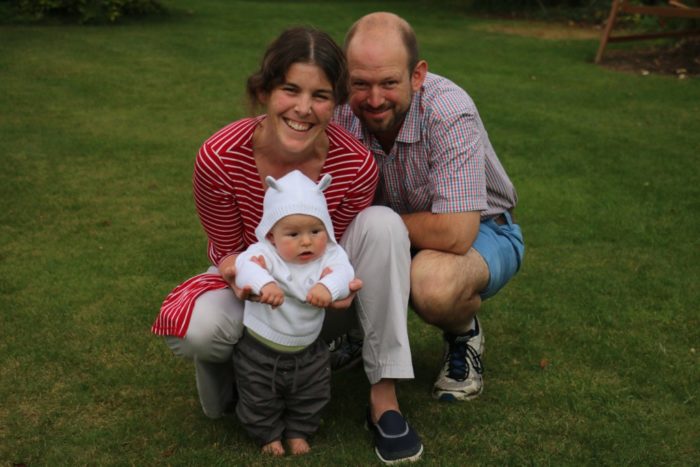
The substantial repairs needed to make the house fit for habitation were completed, so James and Leonie Sadler could move into their family home, with baby Peter, in December 2015, in time for Christmas.
James said: “The CleanSafe Services team, working with Innovation Property, did an amazing job of completing the drying process so quickly. It gave us renewed confidence, and now there’s definitely light at the end of the tunnel.”

